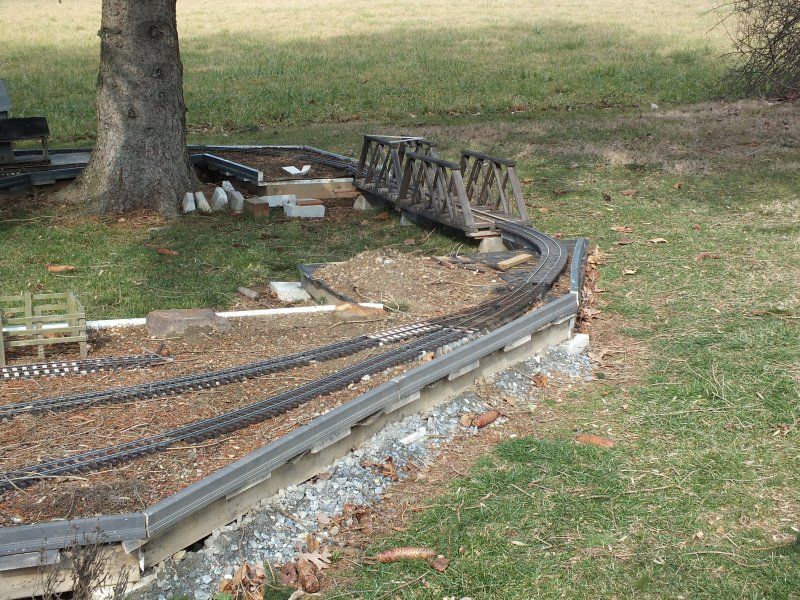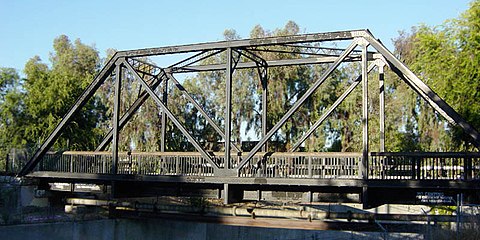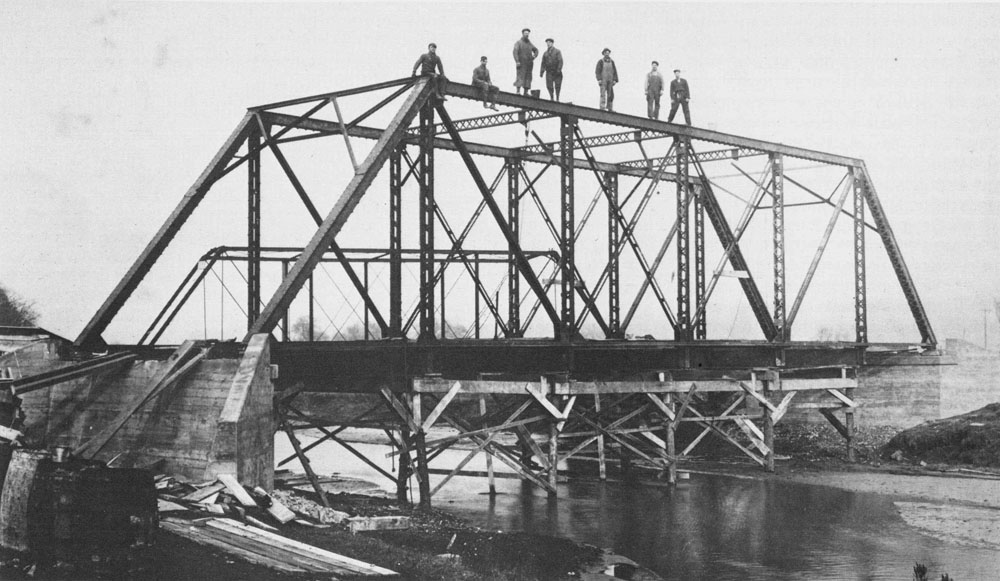Okay the next question is how does one engineer a Howe. The two known as the span which is 35" on the rail. That is what is there now with the appropriate gaps at each end. the other known is I would like it to be 12" top of rail to bottom of the upper cross beams. I am not too concerned about width because it will be on the wider side as I want scale walks on each side because this will be used as a “man/wagon” bridge so the entire deck will be planked. So width will be what ever looks good and gives clearance.
My design questions are how do you determine the number of diagonal members and their angle so that you get the height and length right? It also determines the angle of the blocks that the diagonals rest on (the defining characteristic of the Howe design).





